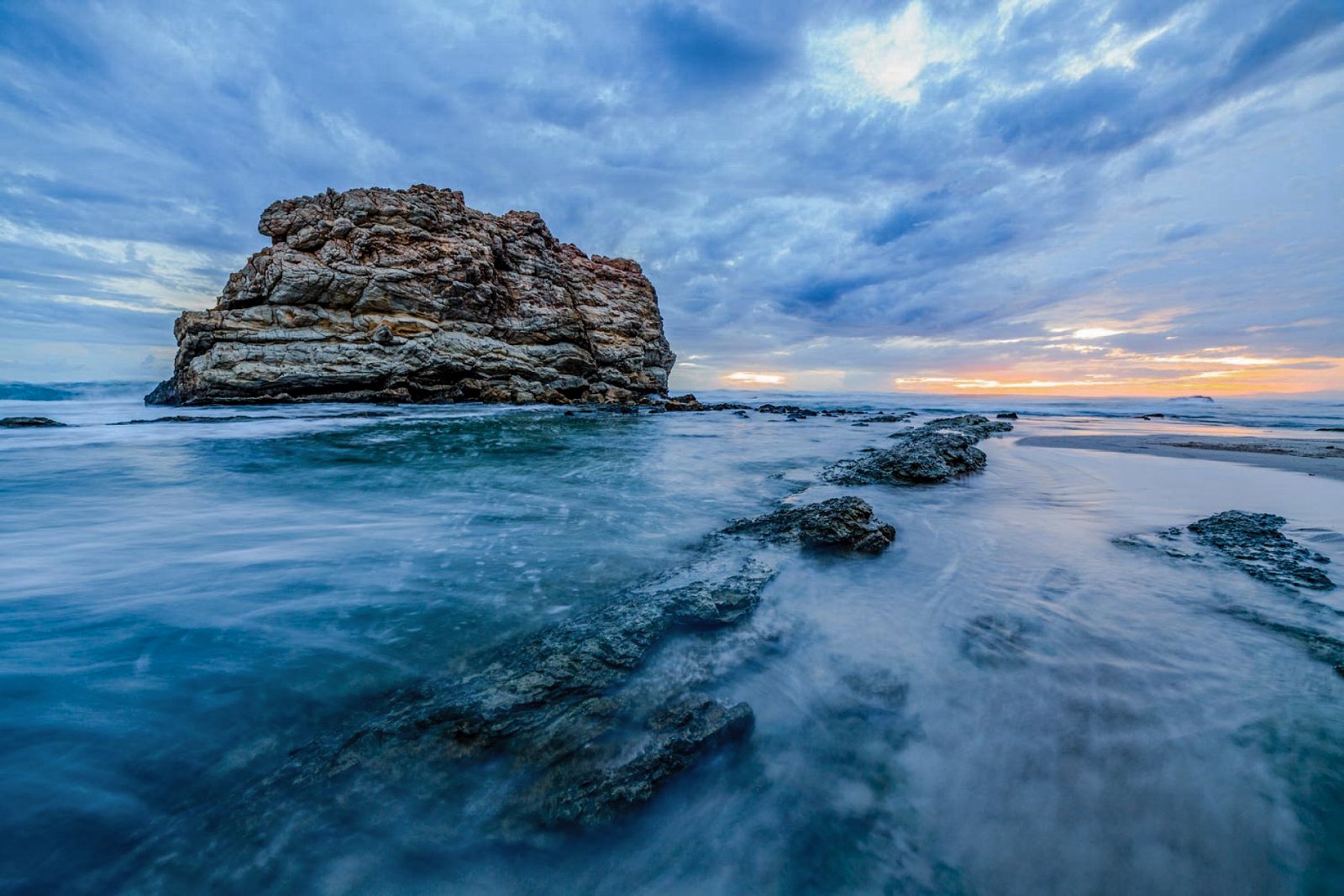ACTIVITIES
WEATHER
GETTING THERE
COMBINE WITH
Cocos Island National Park
Cocos Island National Park rises from the Pacific 300 miles from Costa Rica’s mainland. This isolation has aided the island’s preservation. In recognition of its unique forest and marine ecosystems, Cocos was designated a World Heritage Site by UNESCO in 1997. The island’s heavy rains—more than 275 inches annually—support tropical humid forests, cloud forests, dozens of waterfalls, and nearly 90 bird species.
At least 60 animal species here are endemic. Others originated in the Galapagos, eastern Pacific, and mainland Central America.
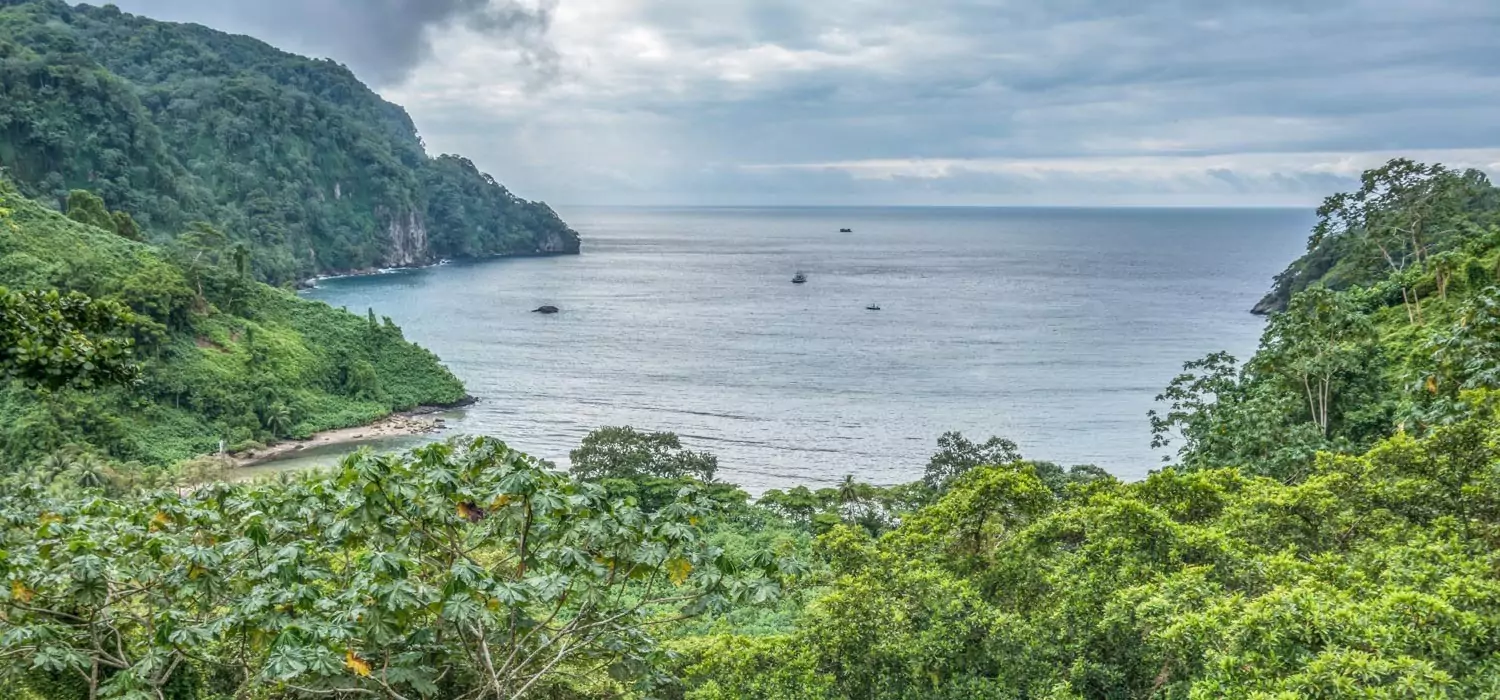
What to do in Cocos Island
The Professional Association of Diving Instructors (PADI) named Cocos Island one of world’s ten best dive destinations. The rich coral reef and volcanic caves support more than 300 species of fish, including giant manta rays, sailfish, and whale sharks.
The world’s largest schools of hammerheads are reported here. Humpback whales, dolphins, and sea lions are also present, as are Hawksbill, Green and Olive Ridley sea turtles.
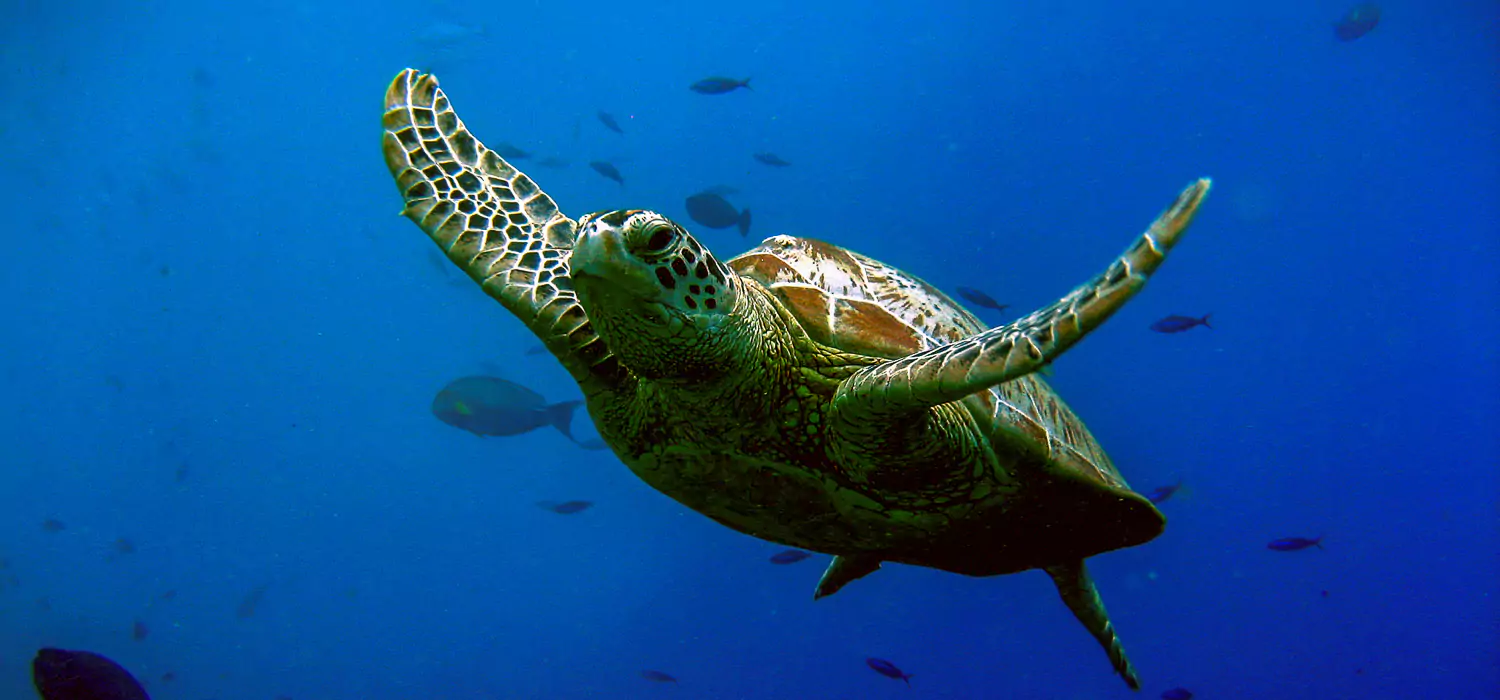
What is the Weather Like?
Cocos Island features an equatorial climate, hot and humid year-round. The (relatively) dry season extends from January to April and the wet season from June to December. However, torrential rain can be expected year-round.
The rains occur mainly in the form of downpours and thunderstorms in the afternoon. Precipitation exceeds 195 inches per year. The temperatures are high and stable throughout the year, with highs in the 80s and lows in the mid-70s. However, the heat is tempered by sea breezes.
These averages are changing, please check extended weather forecasts using your favorite weather app prior to departure.
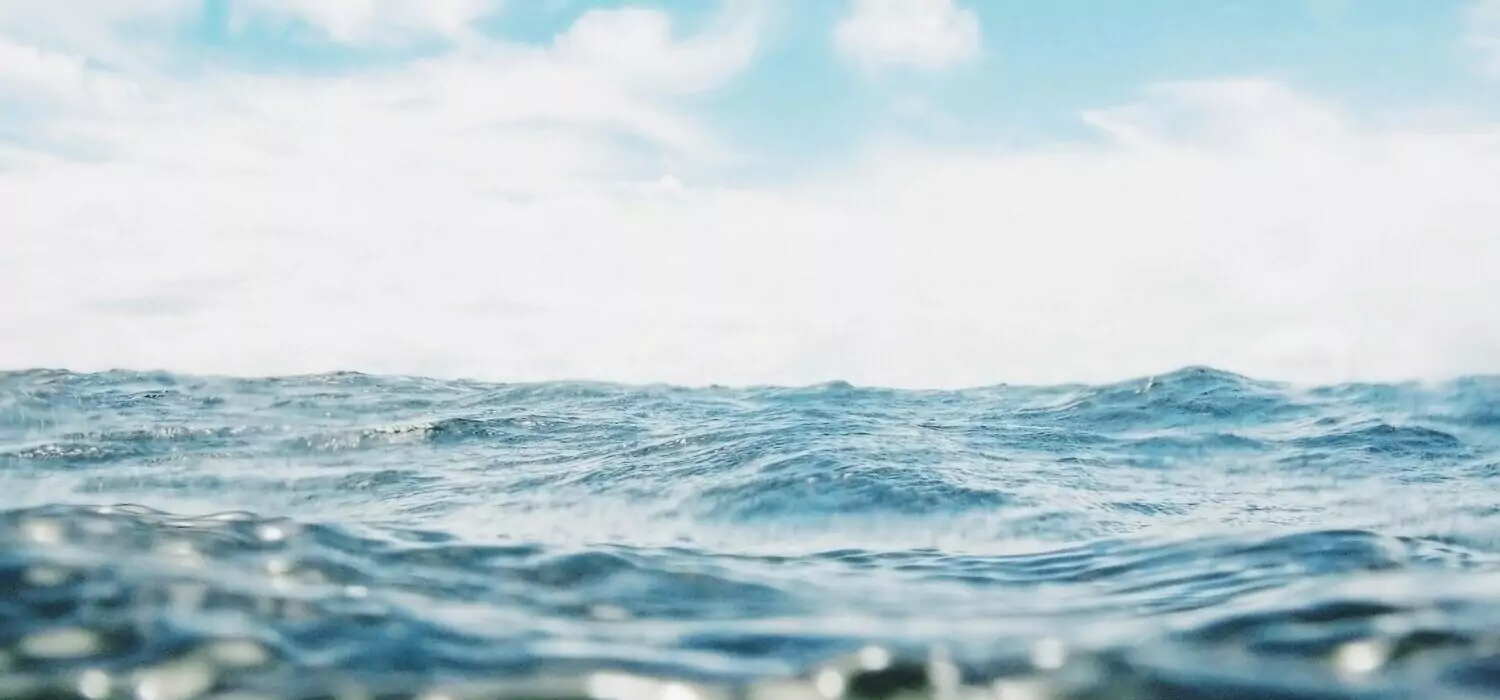
Getting There
The only way to reach Cocos is by sea. Most dive boats begin the 35-hour voyage from Puntarenas, staying at sea for ten to twelve days. Because the surrounding marine environment is so fragile, access to the island is strictly limited; fewer than 1500 people are permitted to visit each year.
Short regional flights connect Puntarenas to several domestic airfields. Private charters can also be arranged.
Start your journey today
LANDED delivers the finest in custom, private travel to Central America, South America, and Antarctica. These regions are our passion; we know them first-hand and by heart. Speak with one of our travel designers and let us create a tailored itinerary for you in Cocos Island.
How to combine Cocos Island
Have some extra time? Here are some options for you to combine with
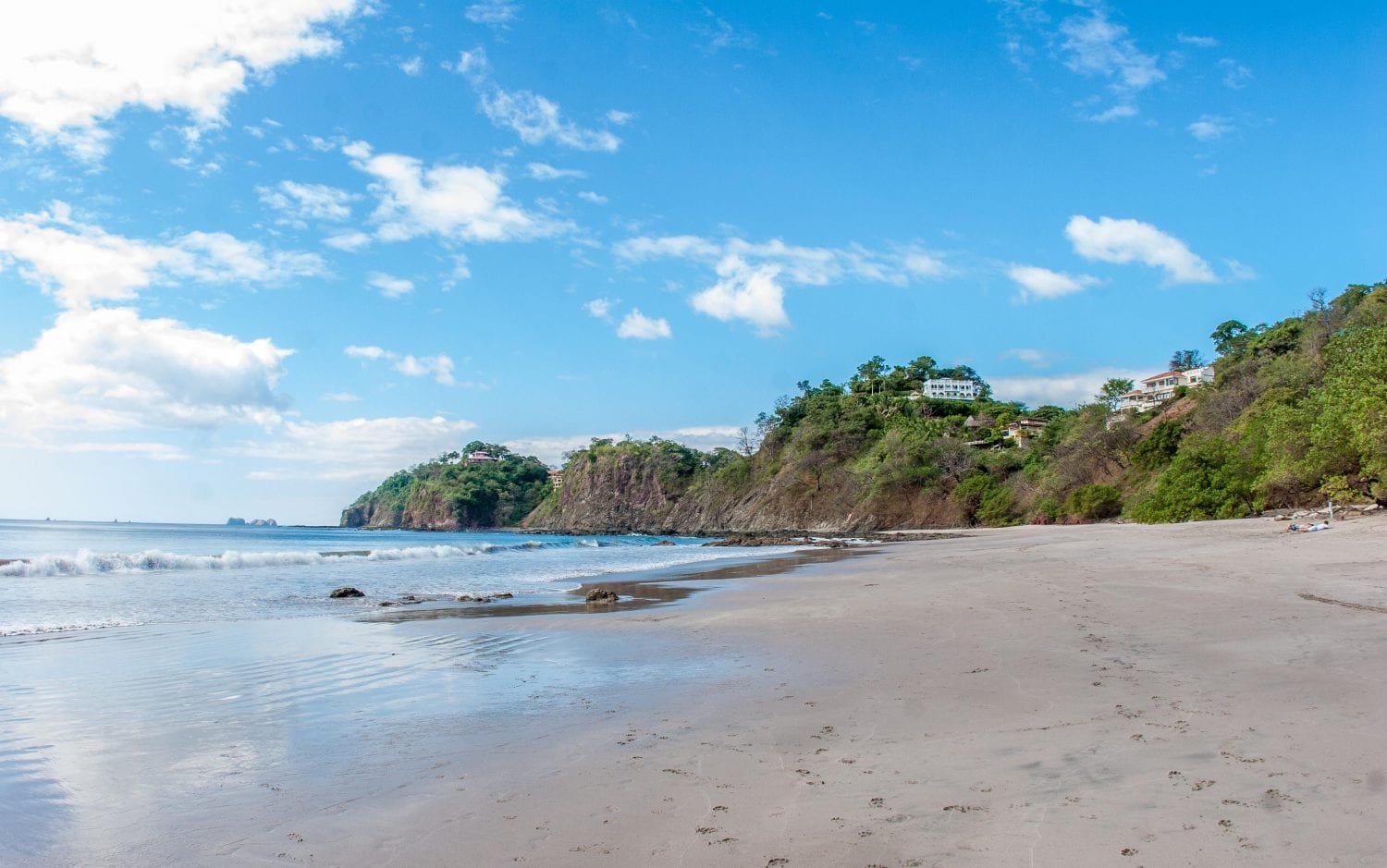
Central Nicoya
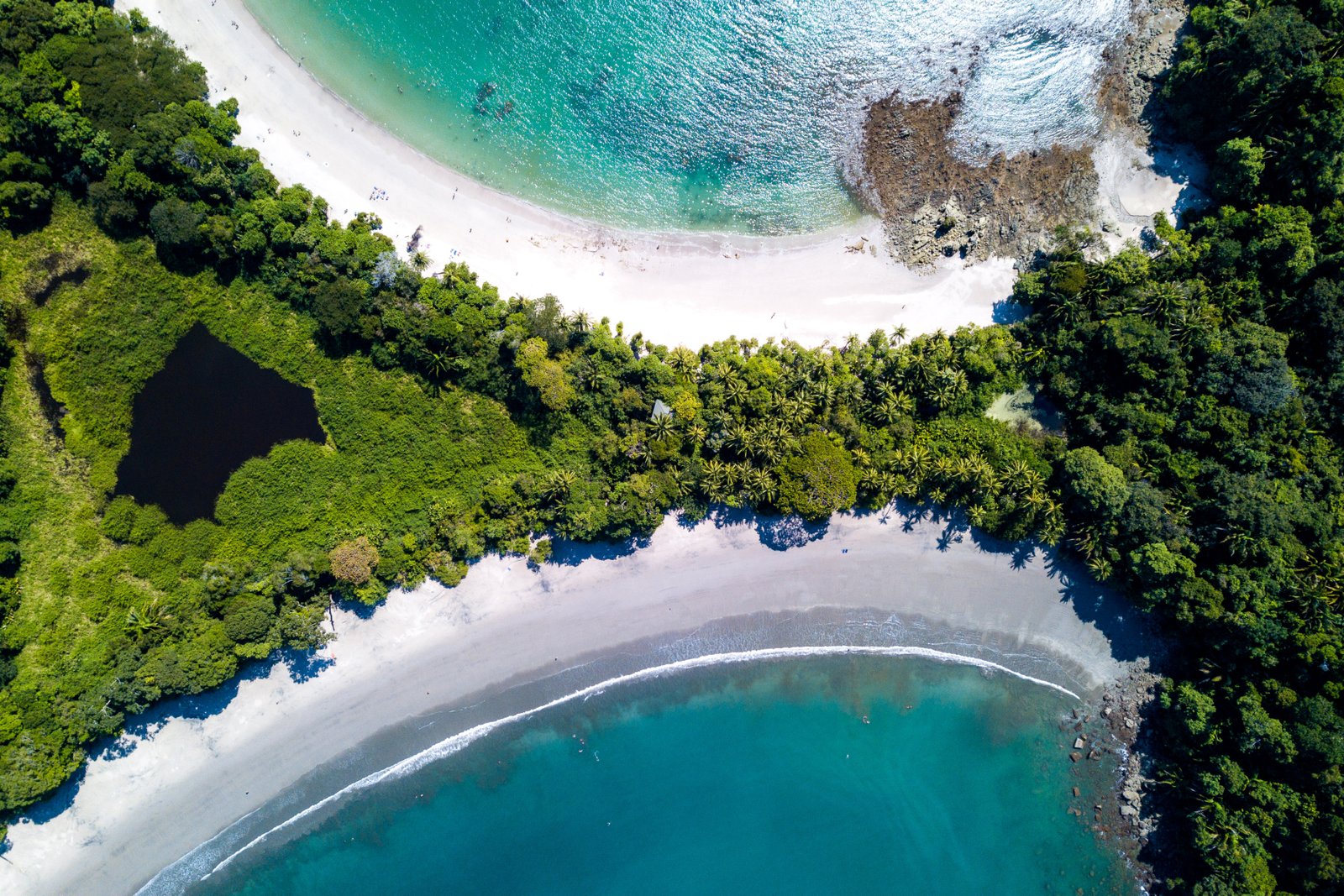
Manuel Antonio
